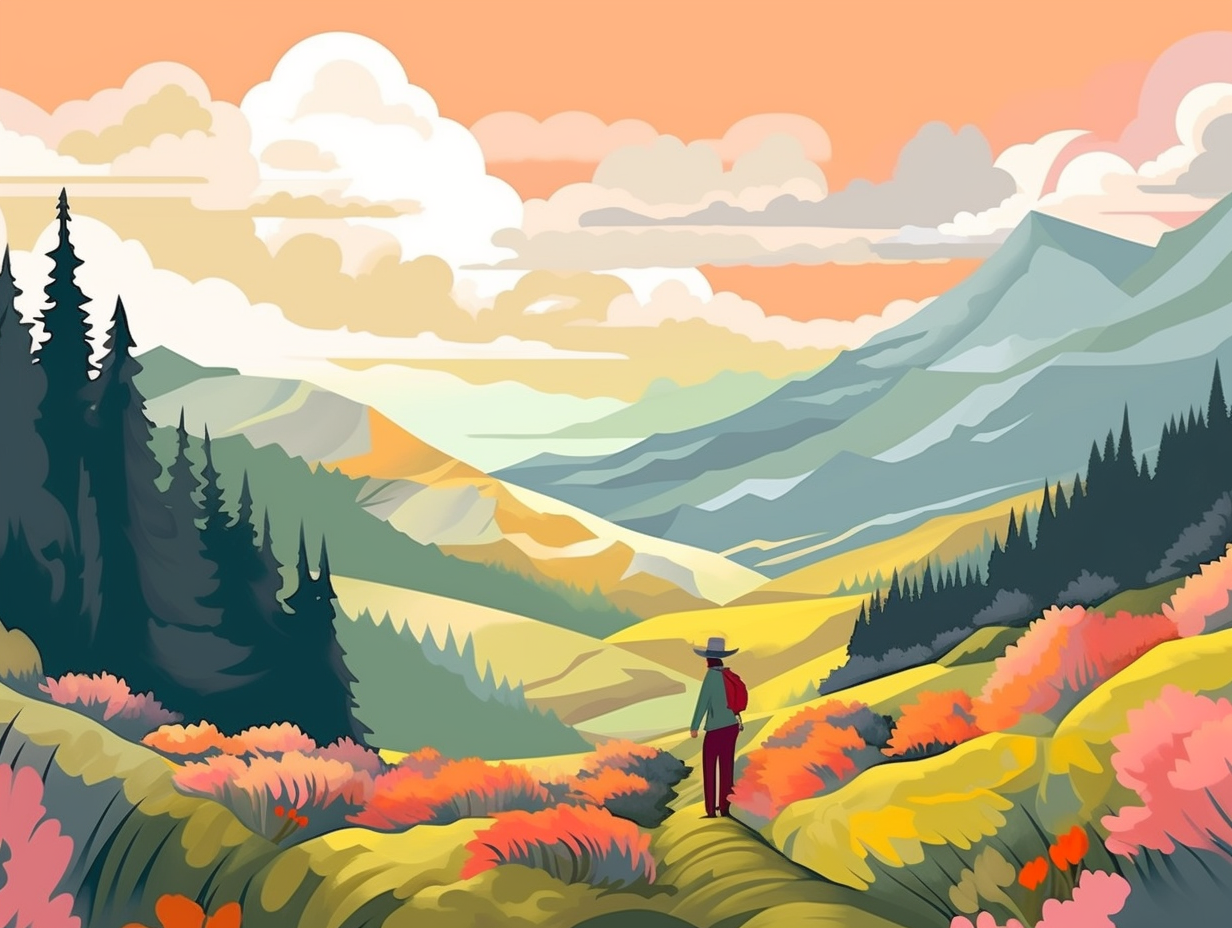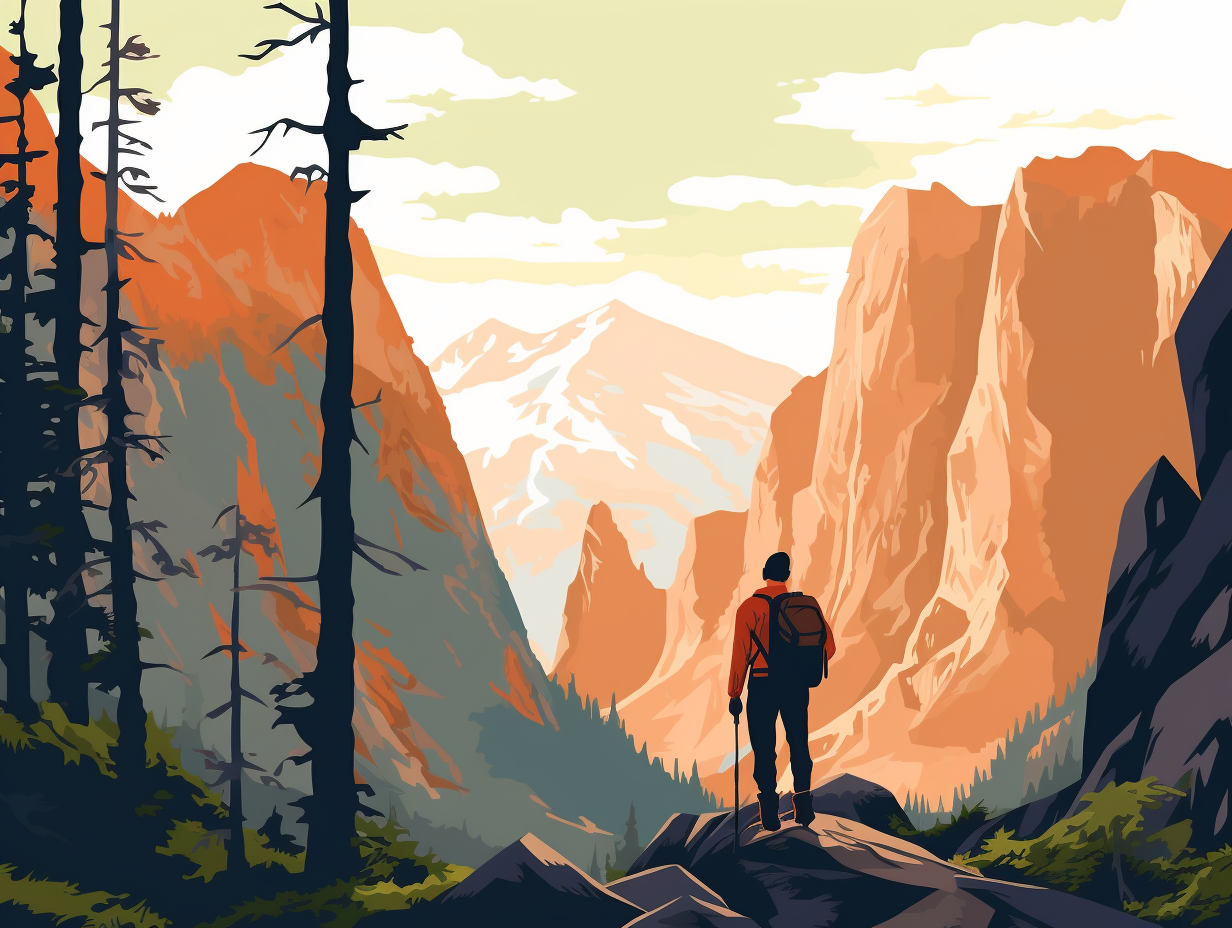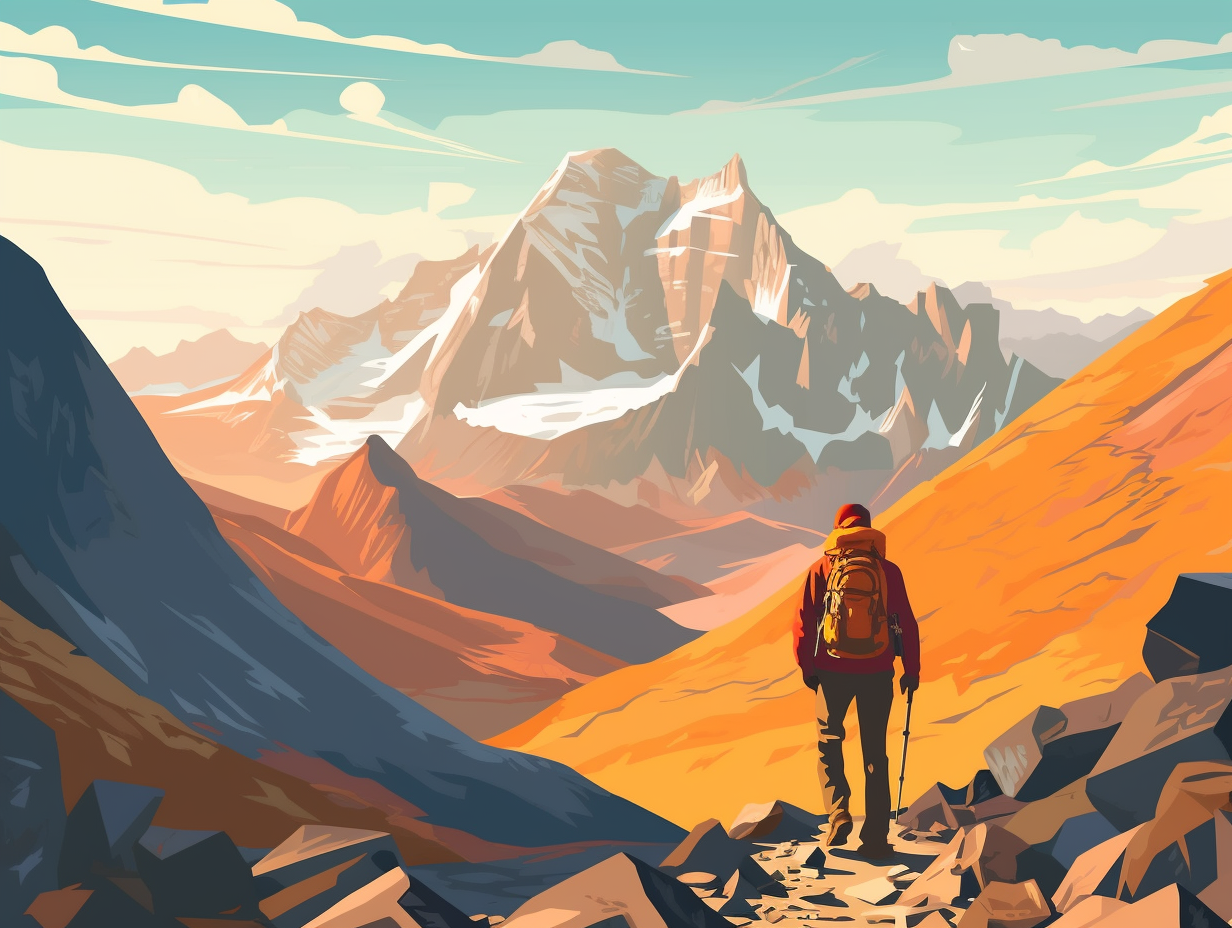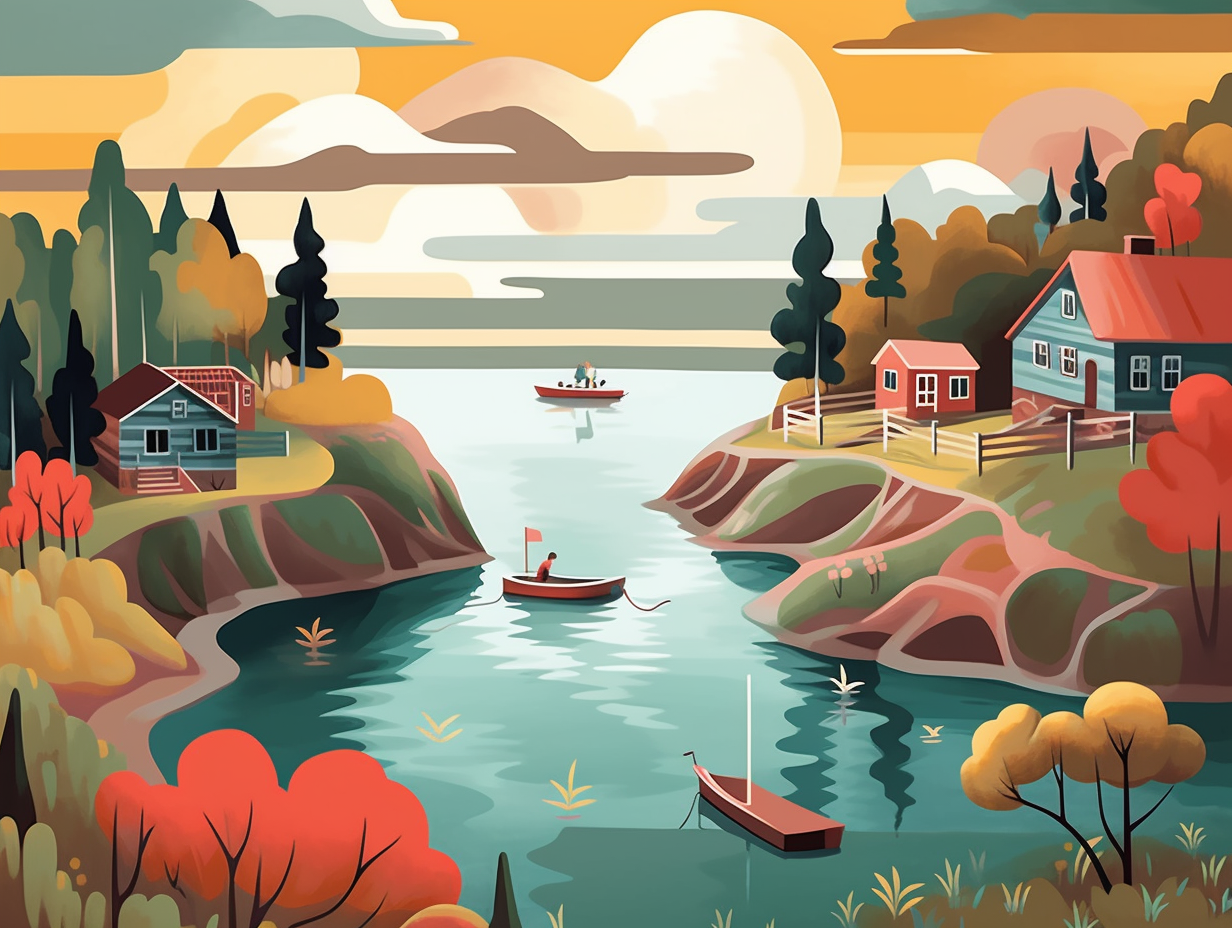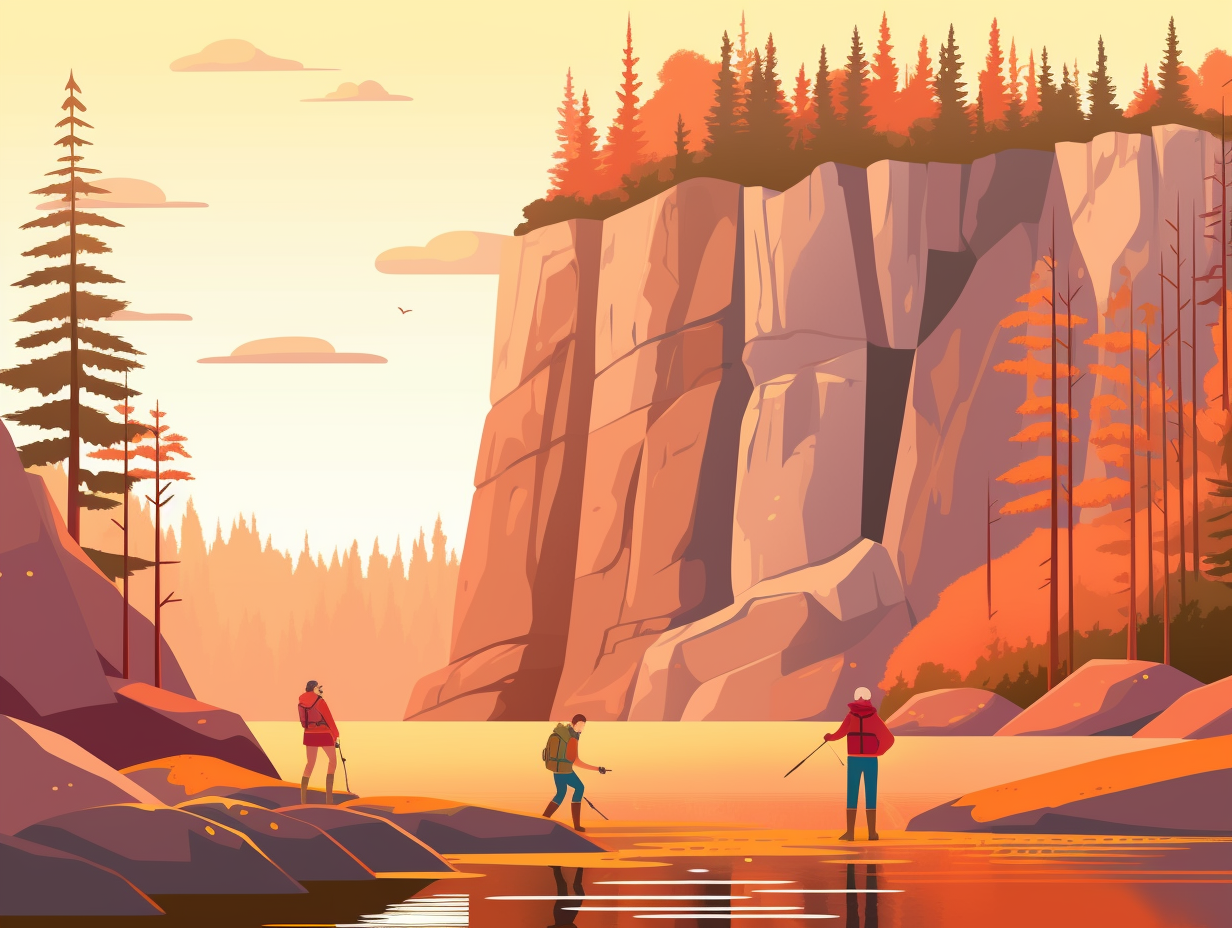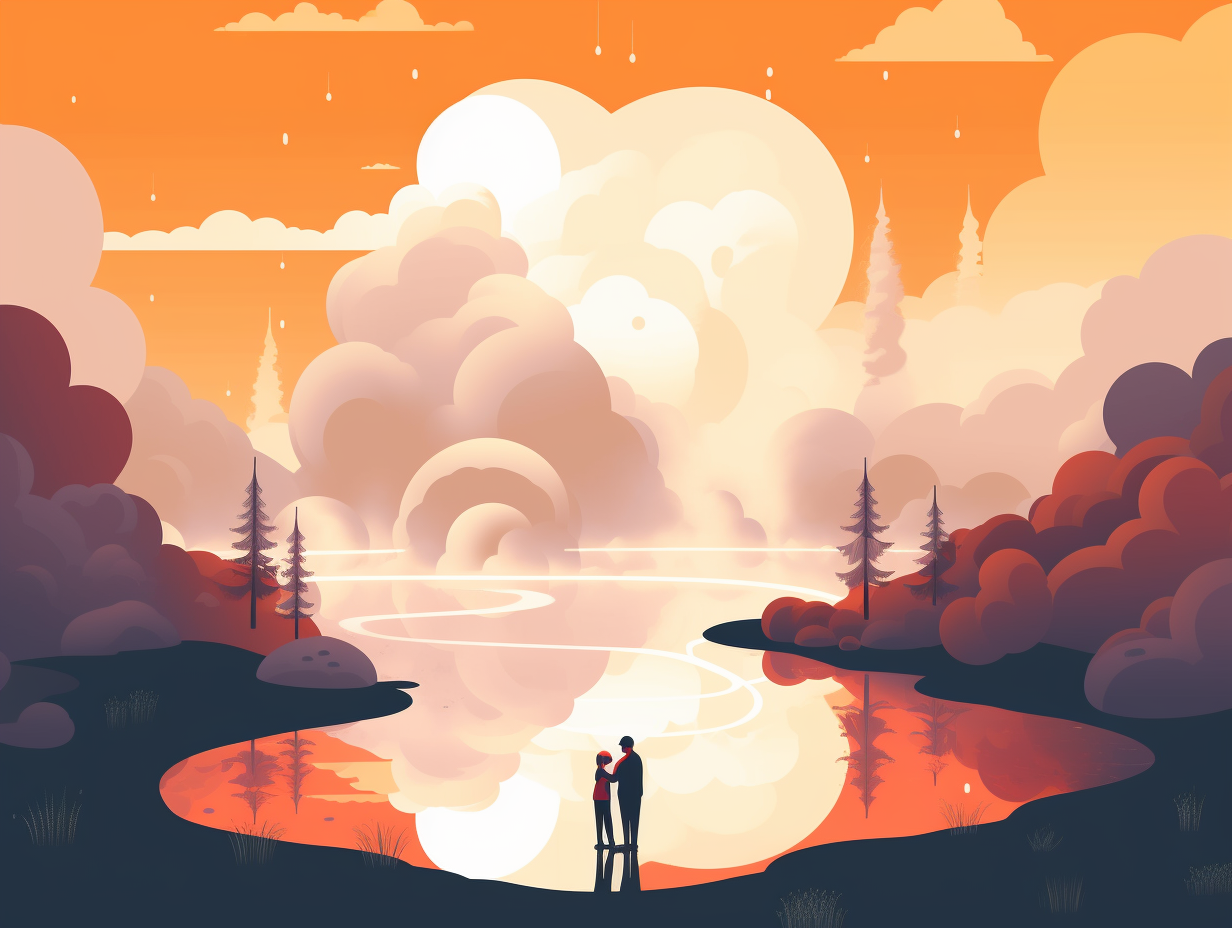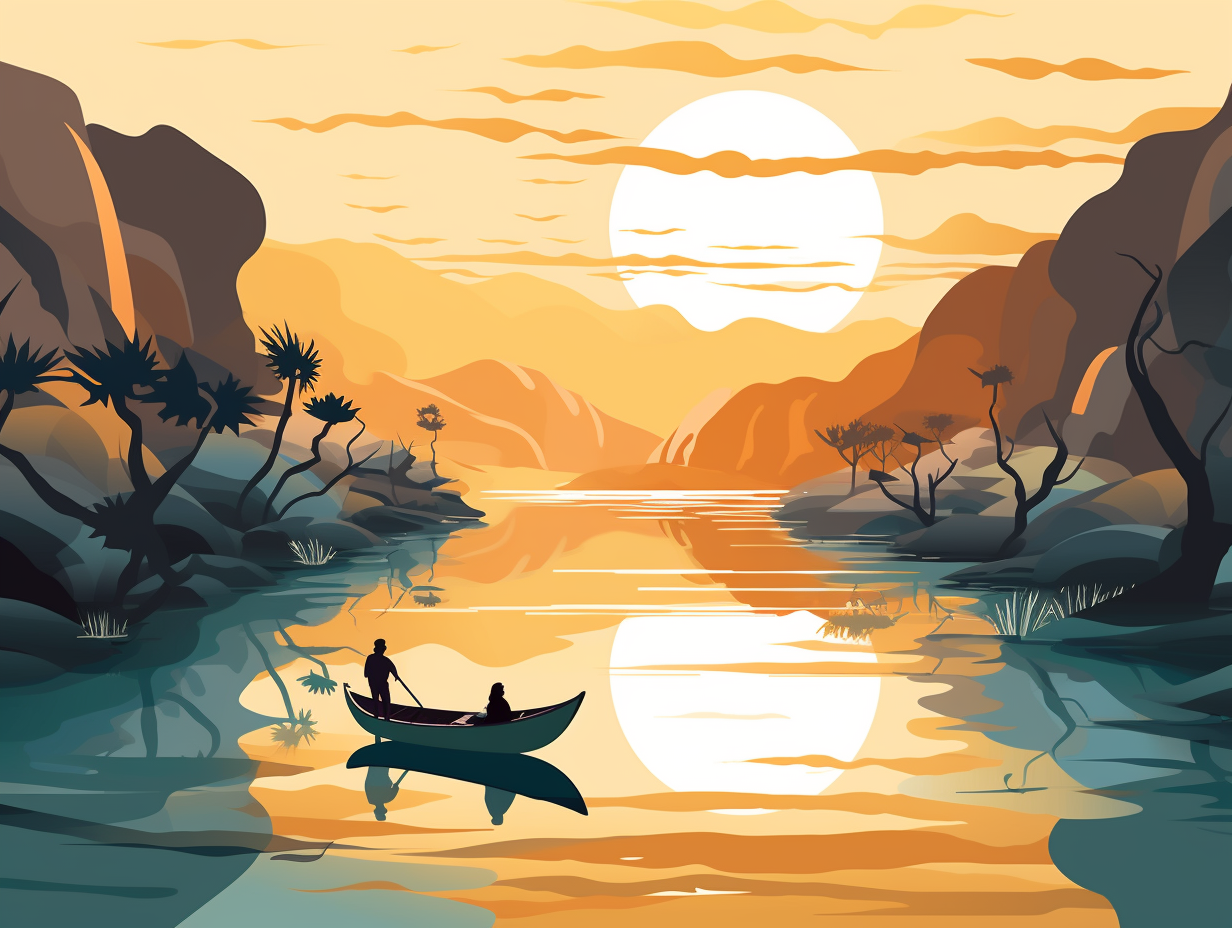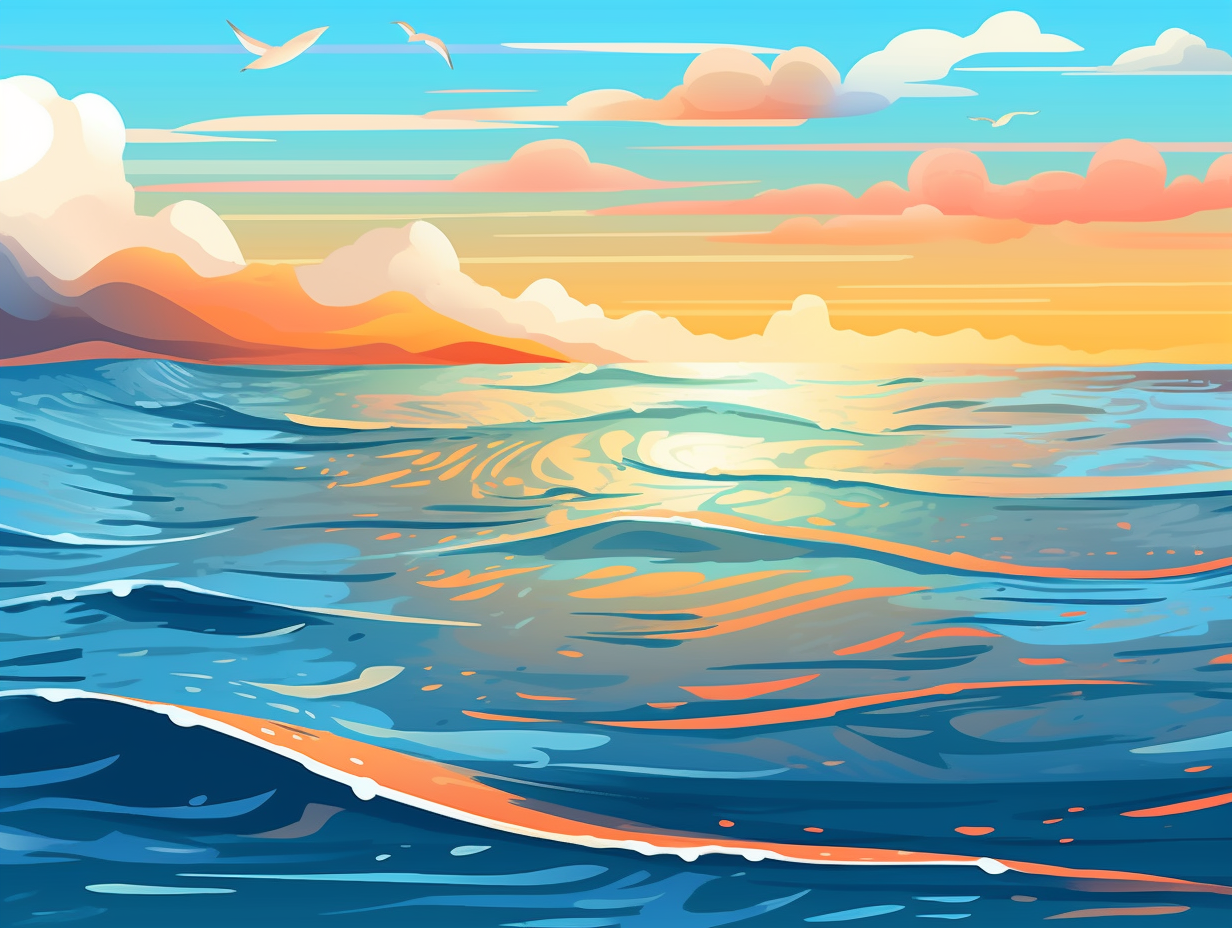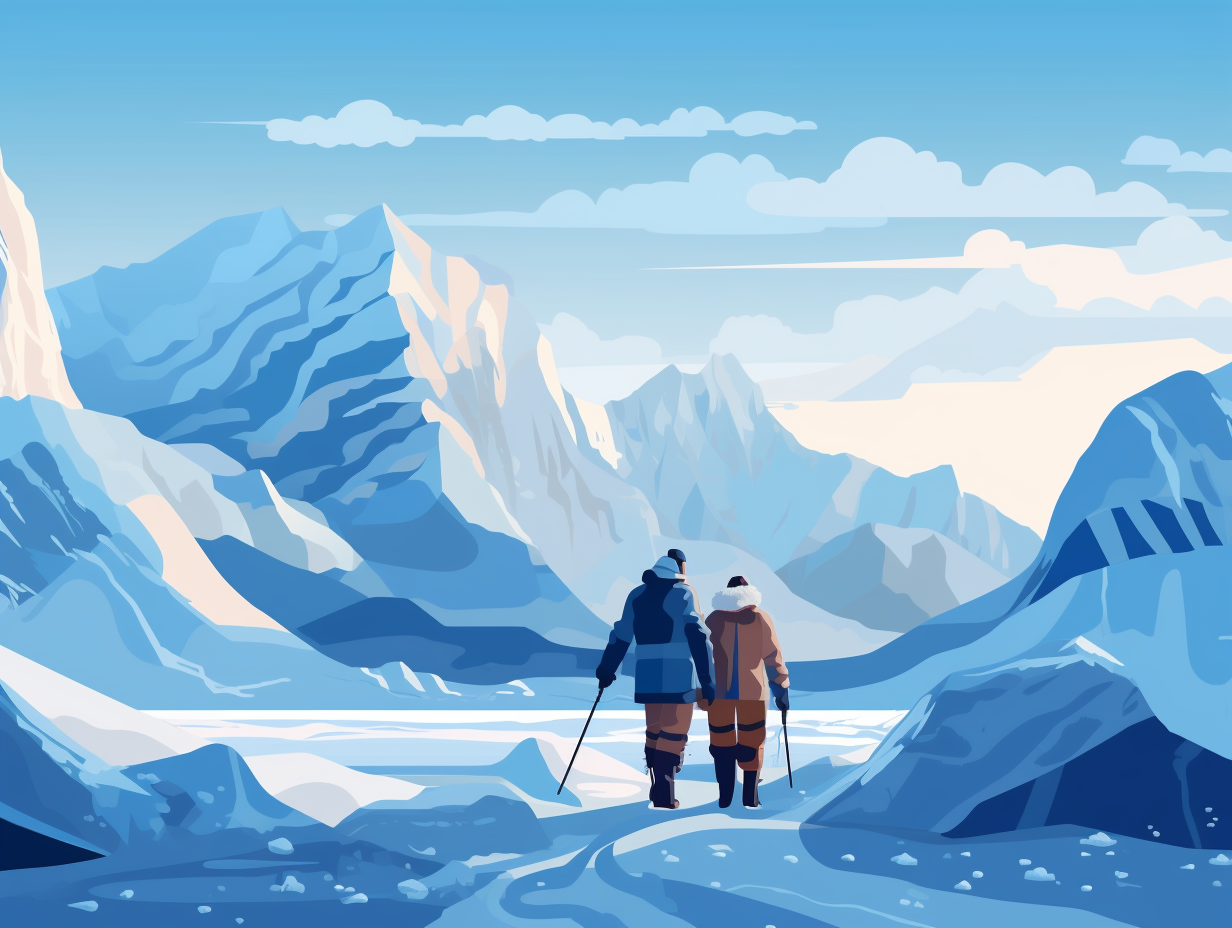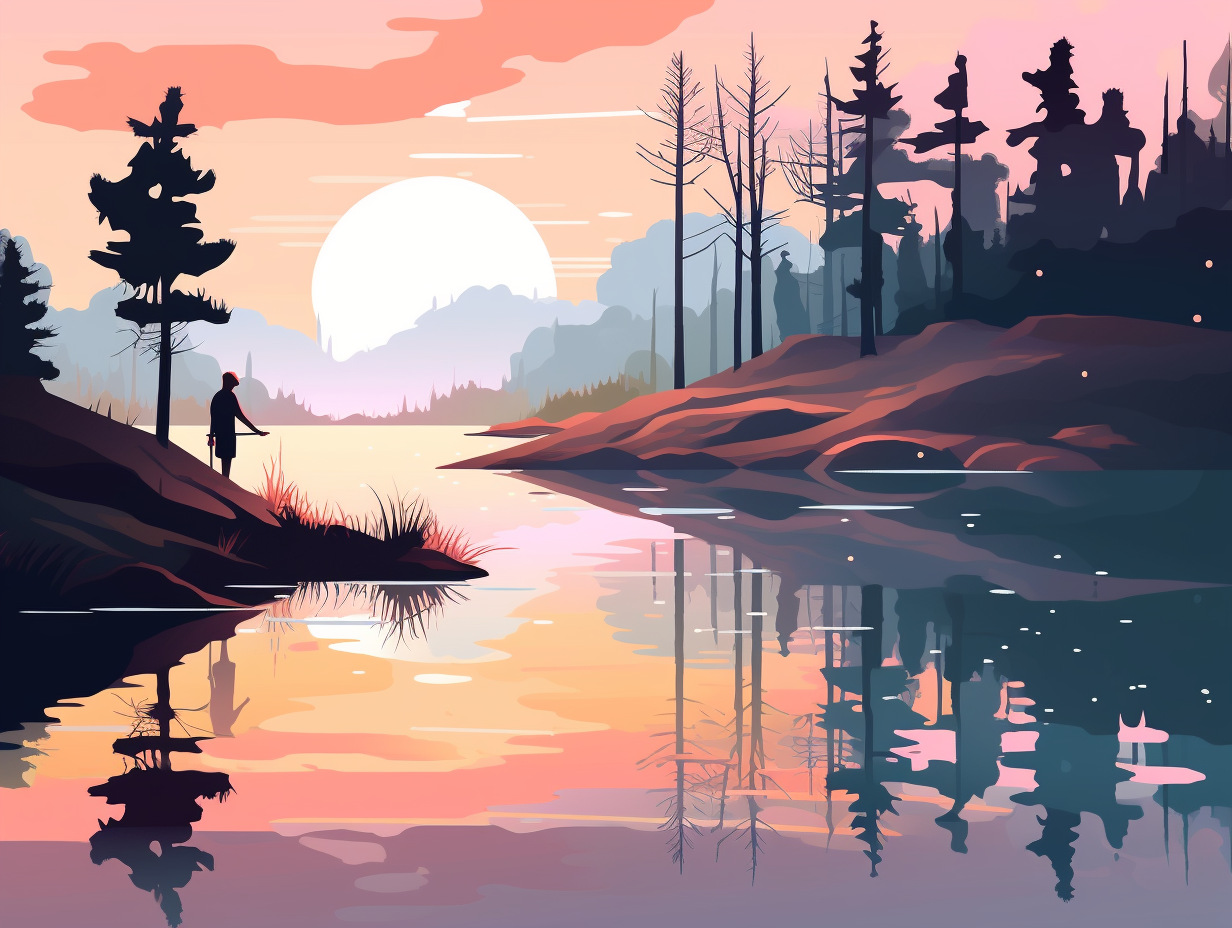Discover the Top 12 Entertaining Facts About Valley and Ridge Landforms: Unveiling Nature's Marvels

1. Geology-land's Fashionable Landscape
Once upon a time in Geology-land, a smartly dressed sandstone and a fashionable limestone walked into a bar—er, I mean, an erosion process: Little did they realize that their stony outfits and wildly eroding antics would spark a landscape of long ridges, narrow valleys, and varied soil compositions that charm farmers and trees alike in what the world now knows as the Valley and Ridge region.
Source => scholarblogs.emory.edu
2. Tectonic-plate Jenga
Imagine if Mother Nature played Jenga with the landscape: that's pretty much what happened to create the valleys and ridges in the eastern United States! Believe it or not: these majestic formations were crafted through tectonic plates colliding over millions of years, giving birth to mountains, volcanic islands, and even a shallow inland sea. So while these valleys and ridges never took the plunge to the ocean floor, their unique and quirky features are a testament to tectonic-plate Jenga.
Source => earthathome.org
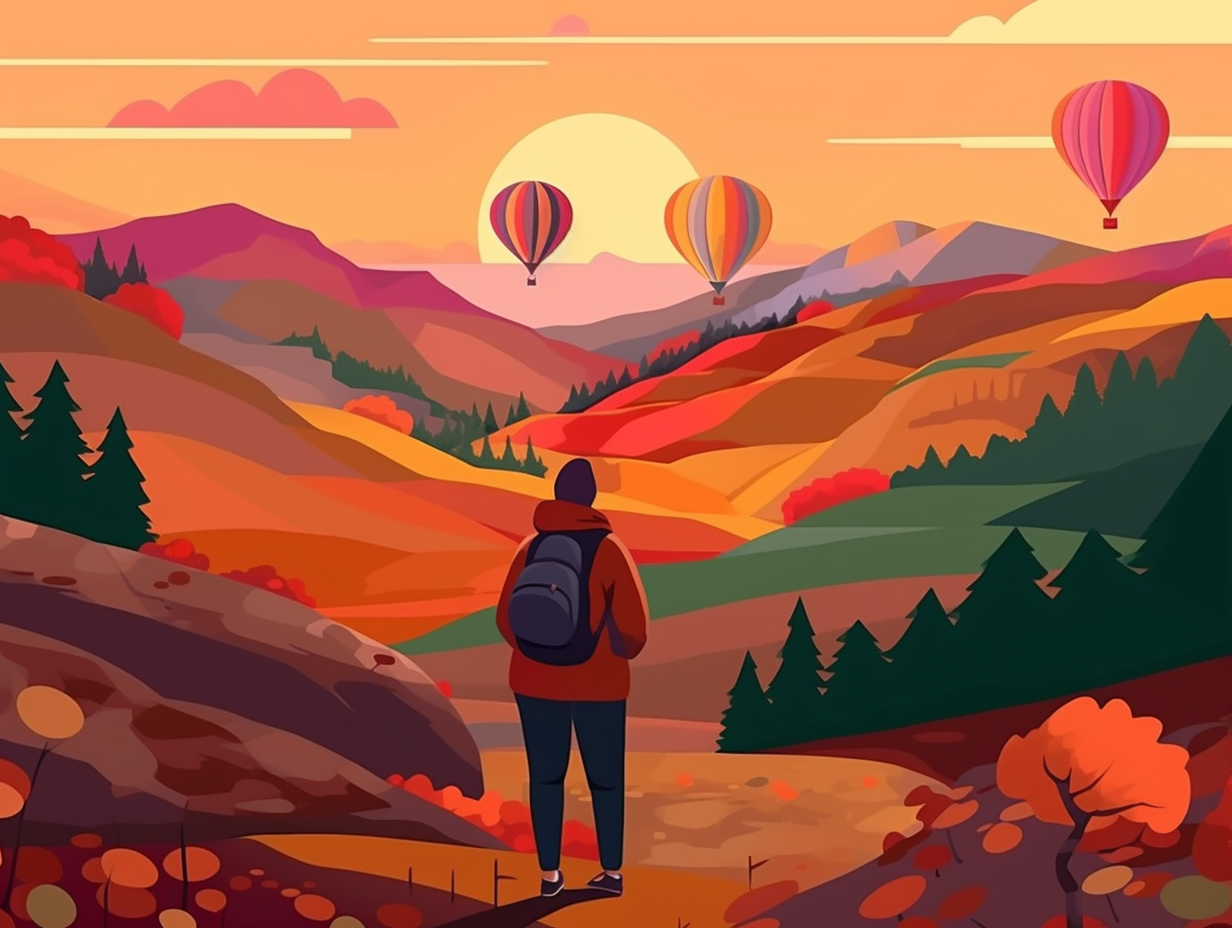
Discover the secret behind valleys' undeniable allure and their prime role in shaping human settlements throughout history, as they offer life's essentials like water, fertile soil, and food sources. Unveil the hidden connection between scenic beauty and ancient civilizations! ✨
=> Fun Facts about Valleys
3. Ridge & Valley's Alleghanian Stardom
Next time you're rockin' out in the Appalachians, don't forget to cement your admiration for the unsung heroes of geology: the Ridge and Valley province! Known for folding and thrusting their way into geological stardom during the rockin' Alleghanian orogeny, these linear ridges and valleys have formed quite the fan base – and not just among their undergraduate groupies: Behold, the Washington Monument itself stands tall today thanks to the limestone cement produced in 19th-century kilns atop the Round Top folds in Maryland – Rock on, Ridge and Valley!
Source => travelinggeologist.com
4. Valleys and Ridges' Theme Song: "Under Pressure"
If valleys and ridges had a theme song, it would surely be "Under Pressure" by Queen and David Bowie: they're born from the trials and tribulations of tectonic forces! In all seriousness: compressive forces cause folding and faulting, tensional forces lead to stretching and thinning, and shearing forces result in rocks sliding past each other horizontally, creating widespread fault systems.
Source => uh.edu
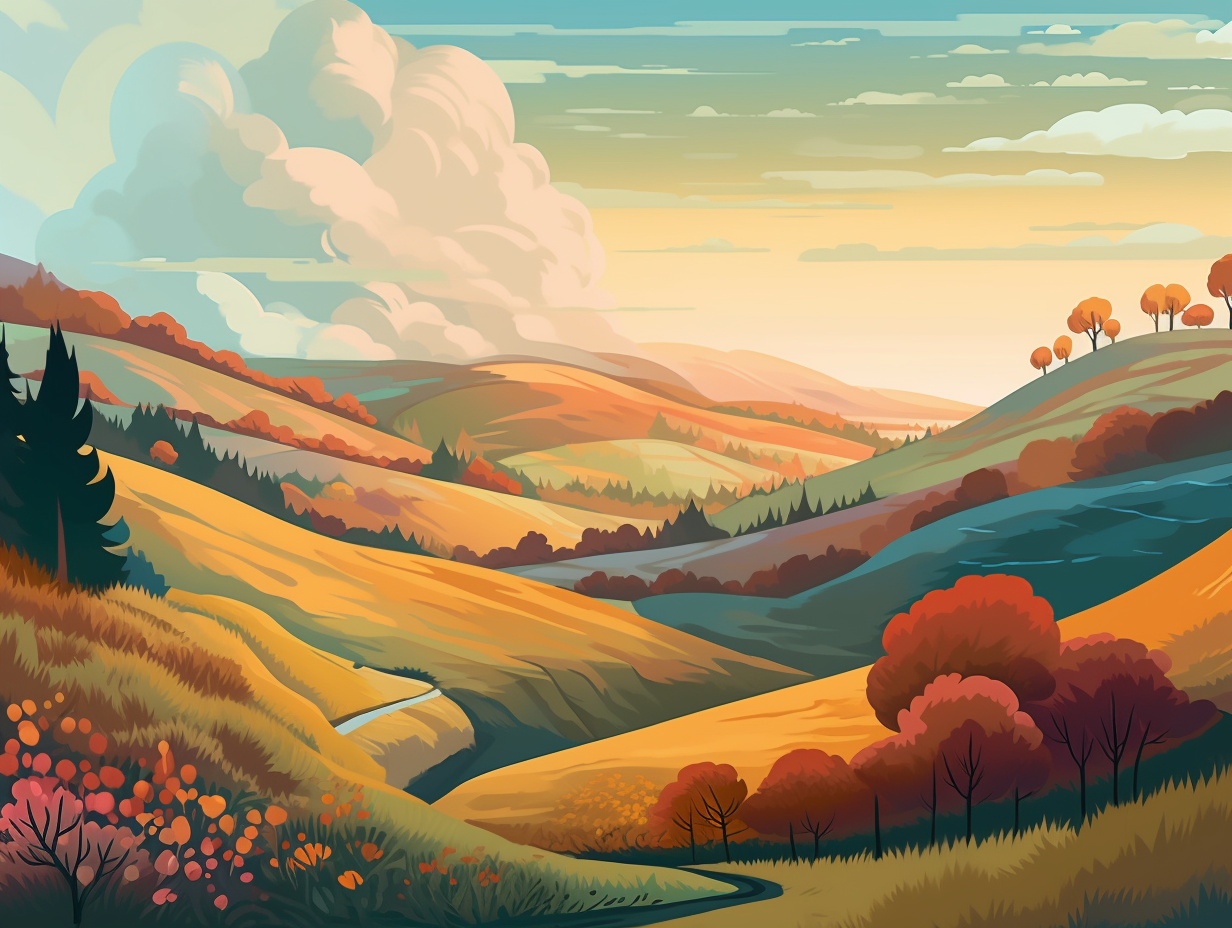
5. Appalachian Extravaganza: The Great Valley
Step right up, folks, and witness the greatest show of eastern North America: a valley that stretches longer than ten million football fields, hosting valleys within valleys, and more ridges than the crunchiest bag of chips! Behold the Appalachian extravaganza: The Great Valley is a series of valley lowlands extending over 1,200 miles from Quebec to Alabama, bordered by the Blue Ridge Mountains in the east and the Allegheny Plateau and Cumberland Mountains in the west, and has been an essential north-south travel route since the dawn of time.
Source => en.wikipedia.org
6. Lewis and Clark's Gorge-aphobia
Talk about a rocky start: The Columbia River Gorge caused even explorers Lewis and Clark some serious "gorge-aphobia" during their 1805 expedition, thanks to its sharp, steep rocks and roiling waters, all due to the dramatic dance of glaciers during the last Ice Age.
Source => education.nationalgeographic.org
7. Land's Laugh Lines
Valleys and ridges, or as we prefer, the land's laugh lines: These geological giggles are actually formed through the process of orogeny — the same process that gives us fold mountains. While they may not possess mountainous stand-up routines and sky-high punchlines, valleys and ridges still owe their contours to the same tectonic forces that shape our comically uneven earth.
Source => nationalgeographic.org
8. Valley & Ridge: Adventure Hotspot
If you're itching for adventure, there's no better "ridgesterminator" than the Valley & Ridge region, where excitement "trails" the land and fun "caverns" deep within: Boasting over 1,000 miles of hiking trails in Shenandoah National Park, exhilarating skiing and snow tubing at Massanutten Resort, bewitching explorations at Luray Caverns, and quaint towns like Harrisonburg and Staunton filled with local art and culture, this area is a treasure trove of outdoor entertainment.
Source => tripforth.com
9. Utah's Paleontological Plumbing
Next time you're in Utah, don't be baffled by elevated paleontological plumbing: these cemented gravel-capped ridges over 100 feet high are actually inverted paleochannels or fossil riverbeds, preserved ancient river systems found not only in the Utah desert but also on the surface of Mars!
Source => thenaturalhistorian.com
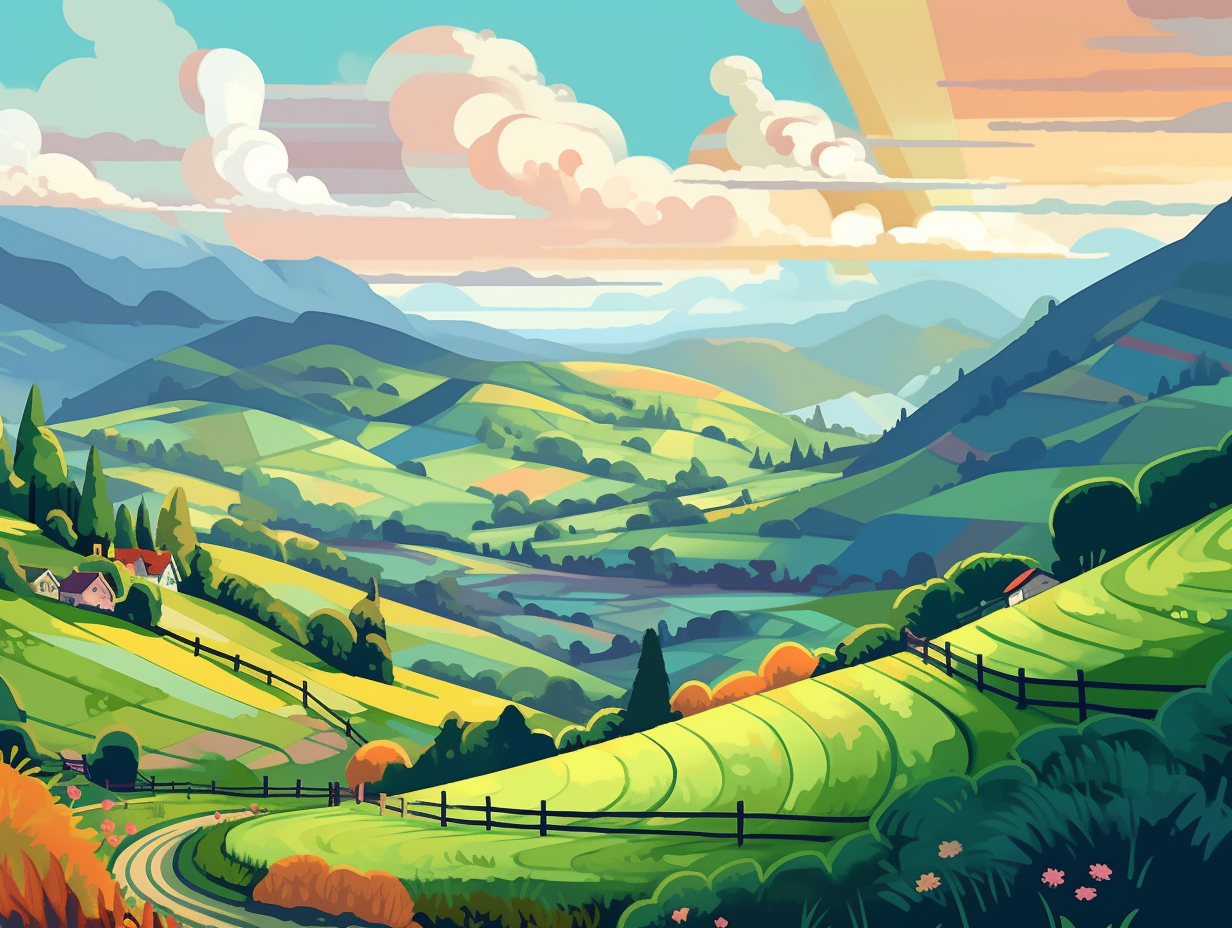
10. Earth's Aging Rock Star Theory
Before tectonic plates crashed the mountain party, Earth was thought to be an aging rock star with wrinkly, cracked skin: In reality, early theories like James Dwight Dana's Contracting Earth failed to explain the patterns of mountain ranges, which we now know, thanks to geologist John Tuzo Wilson, are formed through colliding tectonic plates and not due to Earth's surface simply cracking and folding.
Source => forbes.com
11. Frozen Adventures on the Blue Ridge Parkway
When the flurries turn the Blue Ridge Parkway into a scene straight out of Disney's Frozen, you'll find Elsa and her fellow adventurers hitting the slopes and embracing their inner Olaf: During wintertime, with ice and snow causing road closures, the picturesque Valley and Ridge region transforms into a haven for hiking, biking, and cross-country skiing enthusiasts, who are more than happy to let it snow on their winter wonderland escapades.
Source => virtualblueridge.com
12. Fold it Like Beckham: Anticline and Syncline
When rocks get equally stressed and decide to fold it like Beckham, they give birth to valleys and ridges that make map-makers swoon: These anticline and syncline fold formations tell fascinating tales about our Earth's geology, and often, they're the well-guarded treasure chests of oil, natural gas, and mineral deposits.
Source => courses.lumenlearning.com
Related Fun Facts

